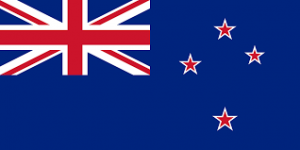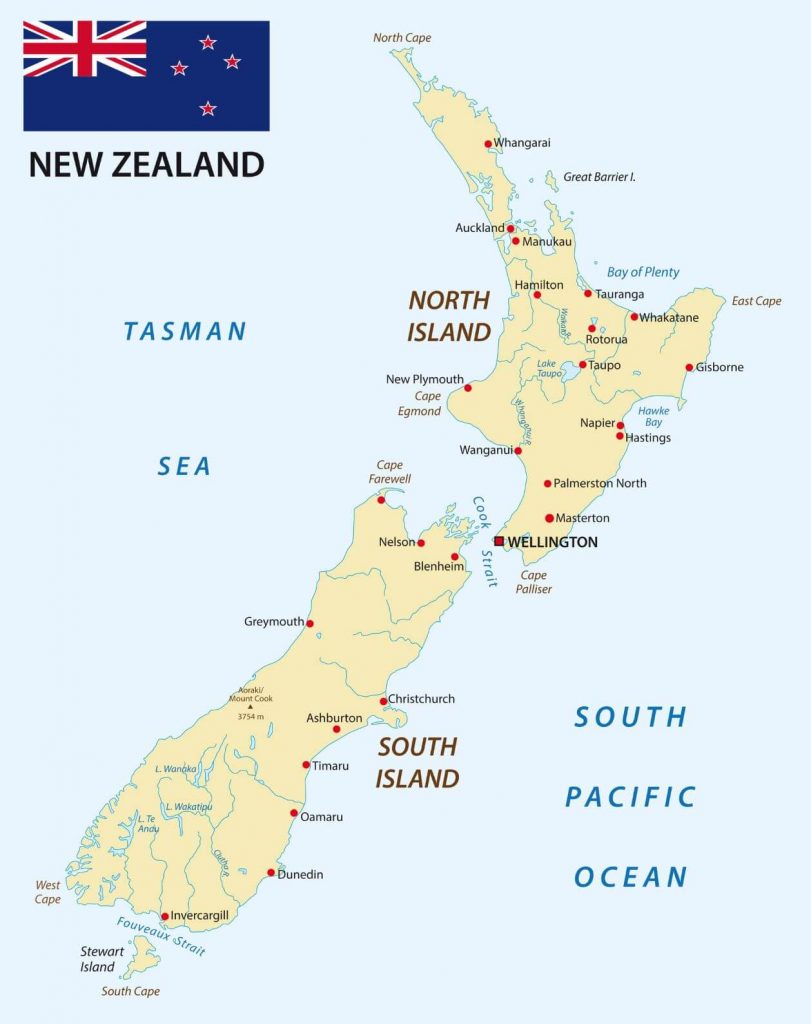


NEW ZEALAND
GENERAL INFORMATION
New Zealand or Aotearoa named by the Maori first inhabited the area with the lose meaning “Land of the Long White Cloud”. The story has it that the first Maori people who found this island saw a white cloud over this island thus naming it Aotearoa. It is best known in for the movie Lord of the Ring where it was filmed on location. For those who enjoy the outdoors and natural surrounds it is a serene picturesque please to get away from the noisy city life. The natural unspoiled scenery can only be surpassed by New Zealanders or they like to call themselves “Kiwis” are naturally warm and friendly people and are particularly hospitable to tourists. Wherever you go you will receive a friendly smile and a warm welcome. From the jagged glacial mountains to long sandy beaches, New Zealand is a feast for the soul, body & eyes.
HISTORY AND CLIMATE
Mainland Territory: 268,000 square kilometres(103,500 sq mi).
Population: 4.77 million (2019)
National Capital: Wellington
International Calling Code: +64
History:
Māori were the first to arrive in New Zealand, journeying in canoes from Hawaiki about 1,000 years ago. Settled by Polynesians, who developed a distinct Māori culture centered on kinship links and land.. A Dutchman, Abel Tasman in 1642, was the first European to sight the country but it was the British who made New Zealand part of their empire.
Not until 100 years later in 1769 James Cook, British explorer, and Jean François Marie de Surville, commander of a French trading ship, both arrive by coincidence in New Zealand waters at the same time. Neither ship ever sights the other.
From the late 1790’s on, whalers, traders and missionaries arrive, establishing settlements mainly along the far northern coast of New Zealand.
Wars and conflicts between Māori (indigenous people of New Zealand) tribes were always constant, and weapons used until now were spears or clubs. The arrival of traders leads to a flourishing musket trade with local Māori, who rapidly foresee the advantages of overcoming enemy tribes with this deadly new weapon. The devastating period known as the inter tribal Musket Wars commences.
Rumors of French plans for the colonization of the South Island help hasten British action to annex, and then colonize New Zealand. A number of Māori chiefs sign a Treaty with the British on 6th February 1840, to be known as the Treaty of Waitangi. The subsequent influx of European settlers leads to the turbulent period of the New Zealand Wars, also known as the Land Wars, which last for over twenty years. Hostilities between Māori and European commence in 1845. By 1870 the British government withdraws the last of its Imperial Troops from New Zealand, not wishing to invest any further in a costly overseas war which was likely to continue indefinitely. The Māori, although inferior in number, proves a formidable foe.
The battle of Gate Pa is possibly the battle which made the greatest impact in the history of The New Zealand Wars.
Hongi Hika, warrior chief of the Nga Puhi tribe; Te Rauparaha, also known as “The Napoleon of the South – warrior chief of the Ngati Toa tribe; Te Kooti, resistant, prophet, and founder of the Ringatu church; Michael Joseph Savage, early innovative Prime Minister are but a few, Māori and European, who have left their mark on the history of New Zealand.
New Zealand today is an independent nation within the British Commonwealth. The British Monarch, although constitutional head of state, plays no active role in the administration of New Zealand’s government.
Best time to travel to Australia:
December to March is considered to be the best time to visit New Zealand. If madding crowds don’t confuse you, summer season with its mellow weather will be perfect for grasping the beaches, enjoying clams, exploring Waitomo Glowworm Caves, and stargazing. You could also opt for mild and uncrowded autumn and spring. October and November are all about baby lambs in green pastures and Lupin blooming, while April and May will show you terrific Aurora Australis, Milky Way, and stunning autumn foliage. The North Island gets lots of rains, while South Island often sees massive snowfalls and temperatures below zero between June and September. Winter season are for passionate skiers, hot pools lovers, and whale watchers.



